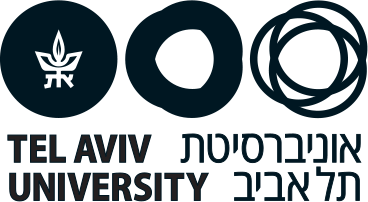Jews and Arabs between the lines – Social identification, values and lifestyles of students in mixed schools
The widest social cleavage in Israel lies between the hegemonic Jewish majority and the indigenous Arab minority, which constitutes 20% of Israel’s population. Most Jews and Arabs are segregated geographically, socially and in the school system, a situation that hardens the social-economic inequality between Jews and Arabs. However, in recent decades a growing, albeit small, number of Arabs who live in mixed Jewish-Arab towns have begun to attend predominantly Jewish schools in order to narrow the gap, learn Hebrew and improve future opportunities and mobility. We call these schools ‘circumstantially’ mixed. In addition, several NGOs have founded bilingual schools which promote coexistence and equality between Arab and Jewish cultures and narratives.
While in Hebrew mixed schools Jewish Zionist culture and Hebrew language are dominant, bilingual schools treat Arabic and Hebrew equally and are committed to multiculturalism, equality and coexistence between Arabs and Jews in Israel.
This study examines the ways mixed Arab-Jewish schools – both circumstantial and ideological – deal with the task of integrating students belonging to the two groups, and how this mixture or integration is reflected in the perception of national and personal identification, values and lifestyles of Jewish and Arab students.
Sample and data collection:
Data were collected between April and November 2017 at 12 school: one Hebrew segregated school, three Arab segregated schools, four mixed bilingual schools and four mixed Hebrew schools. In each school two classes were sampled – either 6th grade or 10th grade. Exceptions were the Jewish school and one mixed bilingual school in which only one class was sampled, and an Arab segregated school in which four classes were sampled. In sum, the data were drawn from 24 classes with 518 respondents: 331 Arabs, 187 Jews; 284 girls and 234 boys.
The chosen schools are located geographically all across Israel, but we tried to sample schools located close to each other (e.g., bilingual and Hebrew mixed schools in Beer Sheva) in order to minimize differences. Because bilingual schools’ class profiles are high, and those of mixed Hebrew schools are low, I chose segregated schools as similar as possible in terms of type of inhabitants and low/high SES. Moreover, mixed Hebrew schools were selected according to the proportion of Arab students in them.
The age cohorts (sixth and tenth grade) were chosen since we have attempted to reach a large research sample and most bilingual schools in Israel are primary (first–sixth grades). Tenth-grade cohorts were chosen so that we could identify differences among more mature students.
Procedures
The questionnaires were developed originally in Hebrew, then translated into Arabic and then double checked by Arab native speakers. The materials were finalized after a pretest conducted in segregated Arab and Jewish schools. Problematic items were revised and language equivalence between the Hebrew and the Arabic versions was determined.
At the segregated schools respondents were given one version, Hebrew or Arabic, depending on their type. At the mixed schools, we offered two versions and allowed the students to choose the one they preferred. Many Arab students chose the Hebrew version, as they were more fluent in written Hebrew than in written Arabic.
The surveys were distributed in each class by the researcher (Jewish) and an Arab research assistant, in order to allow students to ask questions and comment in their mother tongue. Each student answered independently.
Data
